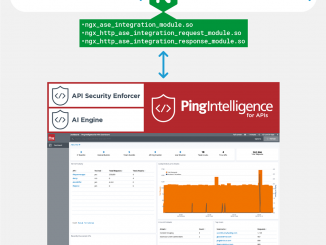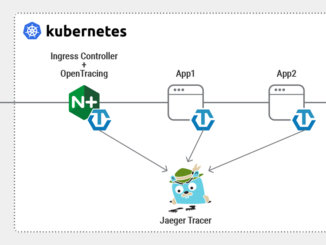
How Real-Time APIs Power Our Lives
How Real-Time APIs Power Our Lives The other day I went to dinner and it made me appreciate the need for fast application programming interfaces (APIs). Confused? Let me explain. To get to dinner I used an app to hail a car from my smartphone. Most of us are familiar with this routine – you open the app, enter your destination, get a ride, step out of the car when you arrive, and pay for your trip automatically using the credit card on file. While you’re waiting for the driver to pick you up, the map updates in real time to indicate the location of the car on approach. But on that day, the app did not update the map. I waited five increasingly uncomfortable minutes, not knowing if a driver was on the way or had even accepted my request. [ more… ]


